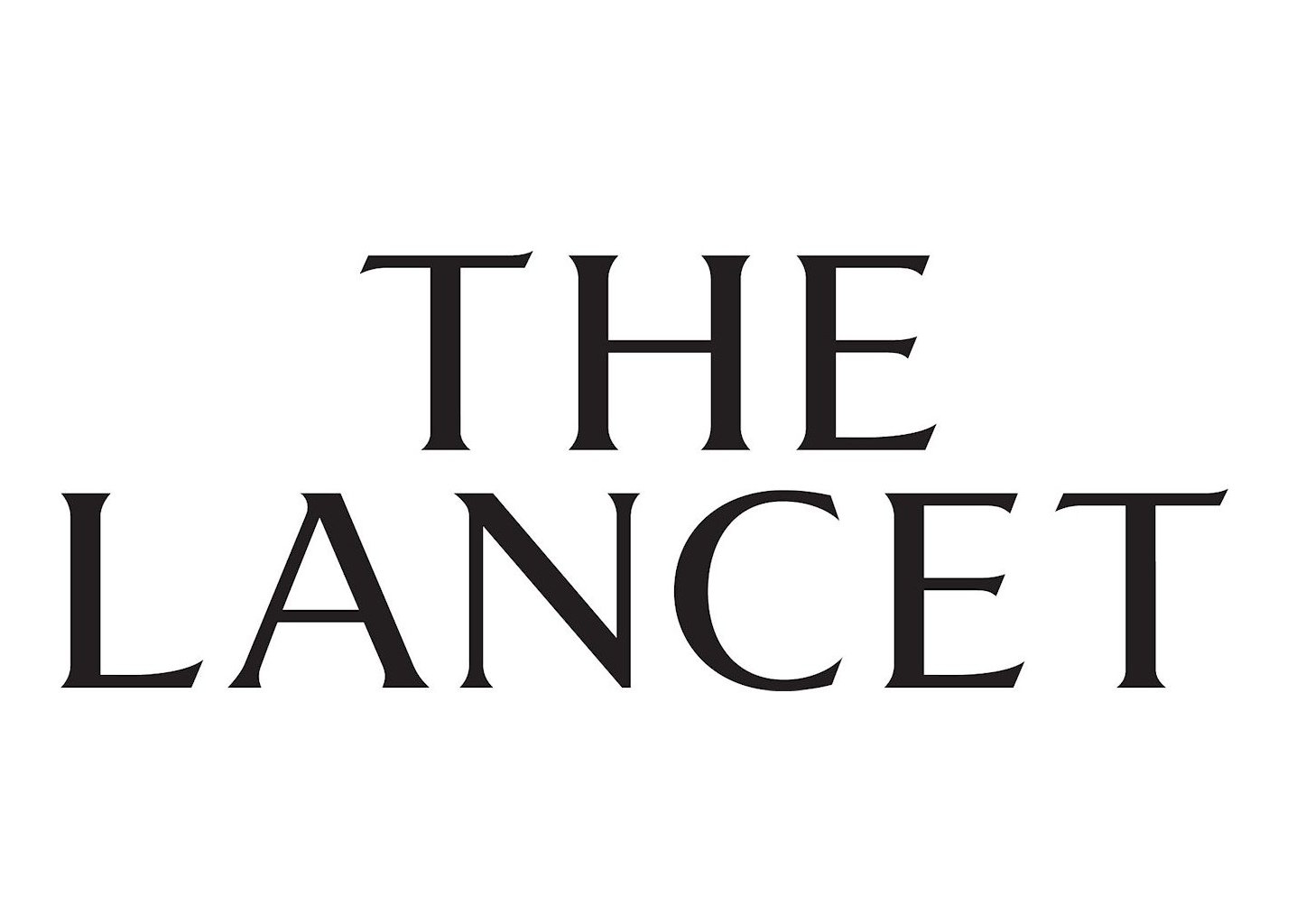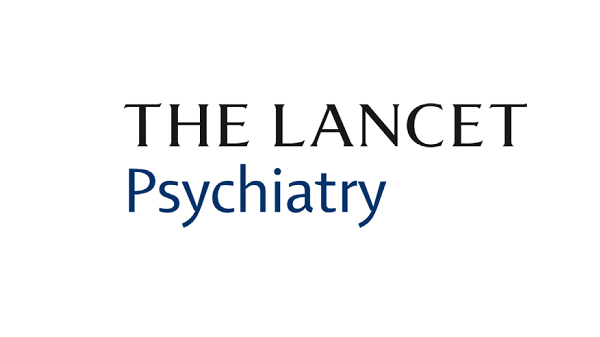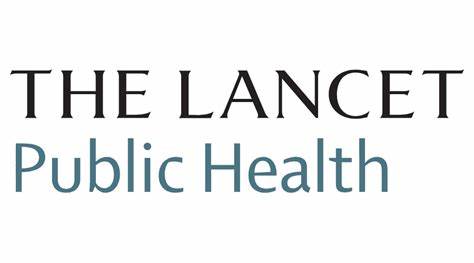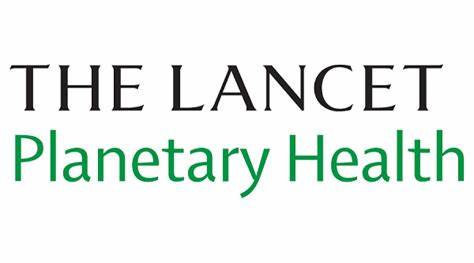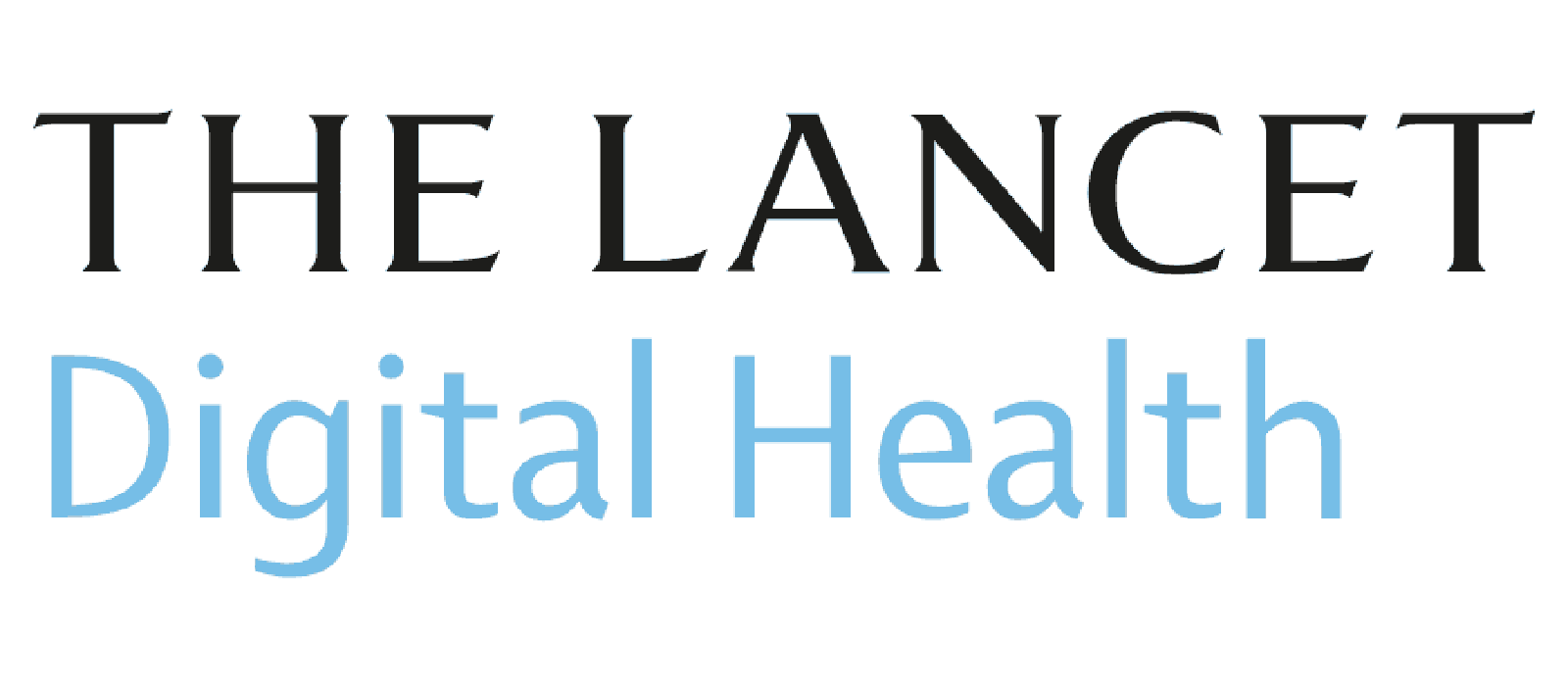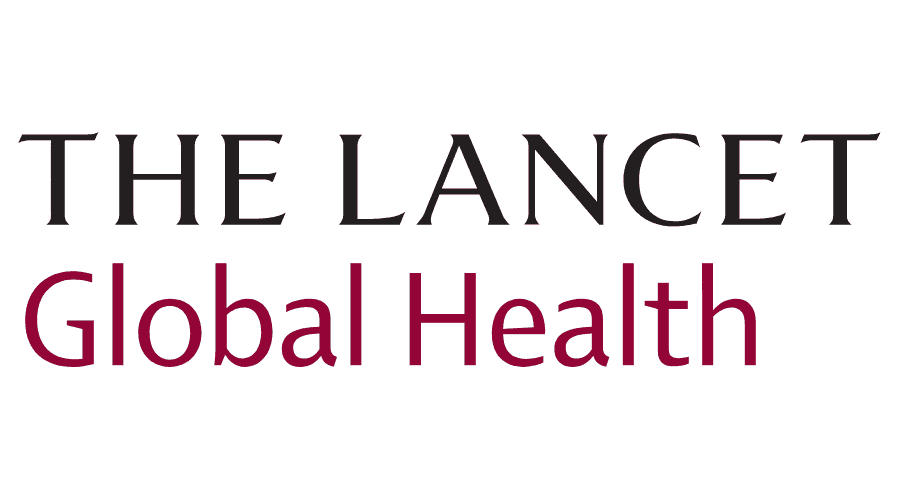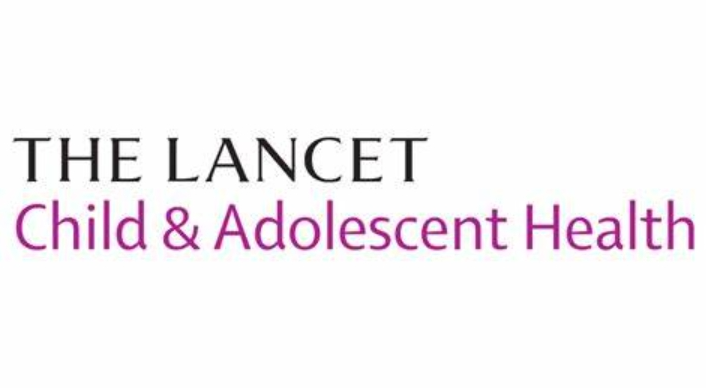期刊简介
eBioMedicine is an internationally trusted source of biomedical science and translational medicine knowledge, is part of The Lancet Discovery Science —a suite of open access journals that spans basic, translational, clinical, and health systems research.
期刊宗旨
An internationally trusted source for translational biomedical research
eBioMedicine covers the spectrum of biomedical research, from preclinical studies with clear human relevance, through to proof-of-concept, first-in-human studies, and early phase clinical trials. We are dedicated to publishing original research that investigates the basic determinants of human health and disease, the discovery and characterization of new therapeutic targets and treatments, and the identification of biomarkers and diagnostic tools which may help researchers and clinicians better understand and monitor disease. We welcome studies that elucidate, or aim to modify, disease pathways and mechanisms—with the goal of advancing knowledge in any biomedical discipline with relevance to human health.
We aspire to catalyse dialogue and collaboration between basic scientists, clinical researchers, and healthcare professionals; enhance the accessibility and applicability of basic research findings for health professionals; and promote a better understanding of clinical challenges for biomedical researchers.
We publish a range of content types including Articles, Review, Comment, and Correspondence.
期刊参数
以下是该期刊的参数:
| 期刊全称 | EBioMedicine | 期刊缩写 | EBIOMEDICINE |
| 期刊类别 | SCI期刊 | 开放期刊 | 是 |
| 期刊编号 | ISSN: 2352-3964 | 版面费[1] | USD 5,780 |
| 出版国家 | 英国 | 出版商 | Elsevier Ltd |
| 出版周期 | 月刊 | 出版年份 | 2014年 |
| 官网链接 | www.thelancet.com/journals/ebiom | 投稿链接 | https://www.editorialmanager.com/ebiom |
| 接受率 | 审稿周期 | ||
| 影响因子 | 9.7 | JCR分区 | Q1 |
| 五年因子 | 9.2 | 年发文量 | 429 |
| 中科院分区 | 2025年开始改为年初发布 | 预警期刊 | 否 |
| 综述期刊 | 否 | TOP期刊 | 是 |
| 大类 | 医学1区 | 小类 | 医学:研究与实验1区 |
注1:以上影响因子基于202X年X月科睿唯安发布的《期刊引证报告》
注2:期刊分区及预警期刊基于202X年X月中科院发布的《期刊分区表》及《国际期刊预警名单(试行)》。
历年数据
以下是该期刊的历年数据:
| 发布年份 | 2024 | 2023 | 2022 | 2021 | 2020 | 2019 | 2018 | 2017 | 2016 |
| 影响因子 | 9.7 | 11.1 | 11.205 | 8.143 | 5.736 | 6.680 | 6.183 | - | - |
| 引用分数 | 17.7 | 17.7 | 15.0 | 10.3 | 8.7 | 8.4 | 6.0 | 2.9 | 1.3 |
| 年发文量 | 429 | 518 | 380 | 391 | 588 | 368 | 268 | ||
| 自引率% | 1.0 | 0.9 | 1.5 | 1.1 | 2.7 | 1.8 | 2.1 | - | - |
注1:影响因子基于202X年X月科睿唯安发布的Journal Citation Reports。
注2:引用分数基于202X年X月爱思唯尔发布的CiteScore。
引文格式
期刊名称:EBioMedicine,引文格式:数字上标,所属学科:医学
引文软件:EndNote,EndNote Style更新日期:20XX-XX-XX
官网下载:https://endnote.com/downloads/styles/
使用方法:将ens后缀的文件复制到EndNote安装目录的Styles文件夹下即可。
常见问题
不同类型的研究会有不同的常见问题,在这里我们列举一些例子供作者参考[2]。
疾病机制类文章
临床转化性比较弱,比如研究缺乏人群或人源实验(人源细胞系、人体组织等)的数据;
缺乏适当的实验对照;
数据可靠性较低,比如下调某基因表达除了使用抑制剂,还应考虑加入基因knockdown的数据;
动物实验或人源实验材料伦理问题,如使用水合氯醛进行动物麻醉或安乐死。
临床试验类文章
伦理和试验注册流程问题,如在试验正式注册前开始病人入组试验;
试验人数较少,没有进行功效分析;
缺少基线数据;
数据报道有倾向性;
最好可以进行多中心试验。
生物标记物或预测模型类文章
队列人数过少;
缺少验证队列,尤其是独立的外部验证队列;
缺少与已有标记物或模型的对比。

